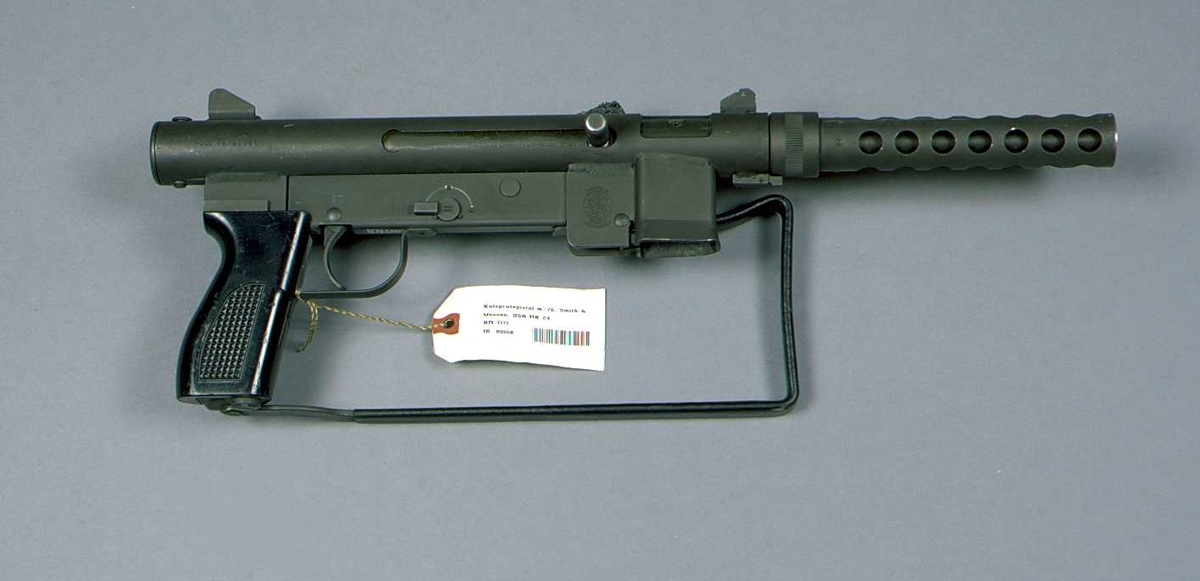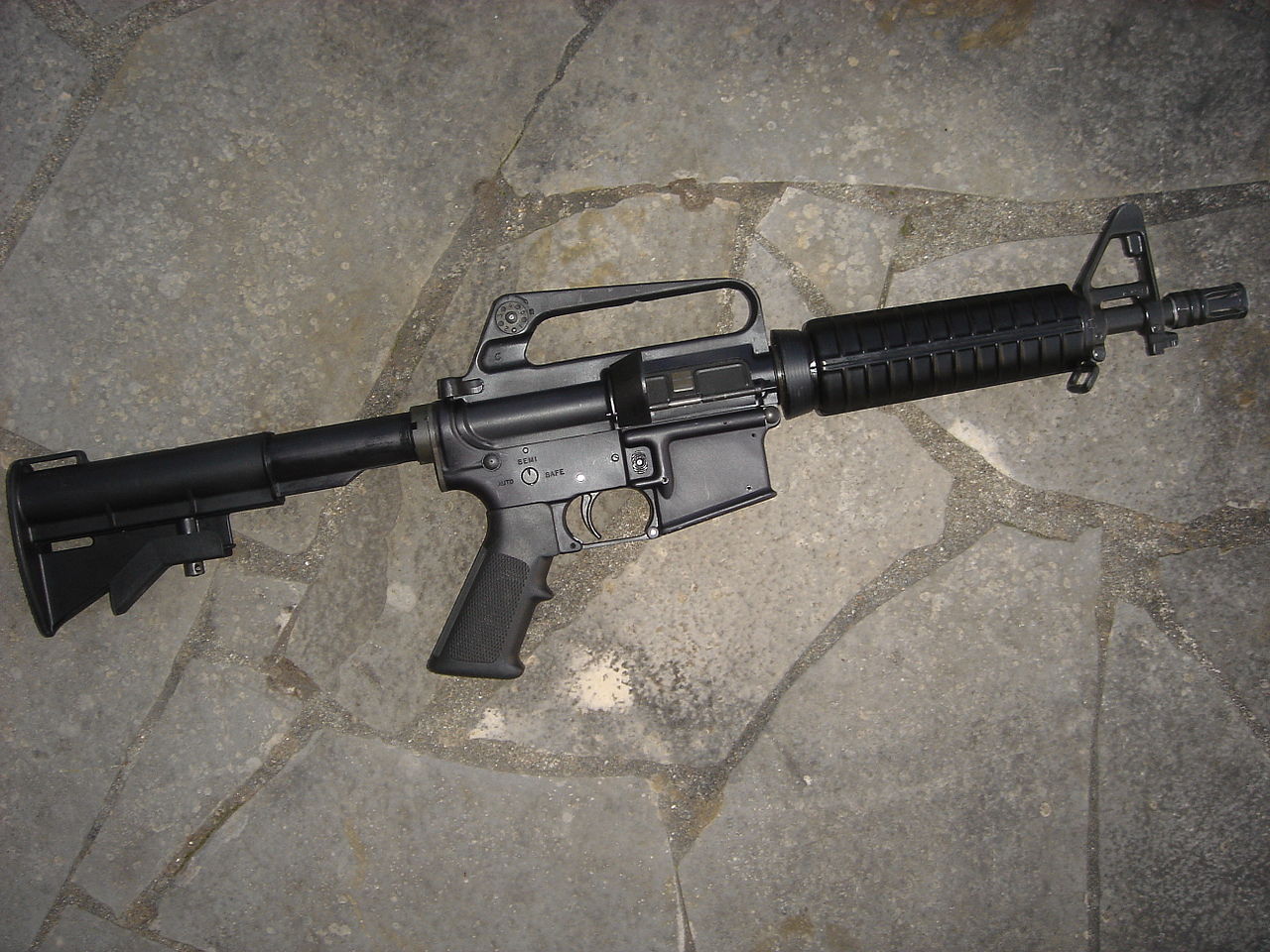@Dex Stewart
Ah, the P90. FN tried and failed to sell it to the US Army in the early-mid 1990s as a “PDW,” Personal Defense Weapon for people like truck drivers and combat engineers and armored vehicle crewmen who needed something a little less heavy and bulky than the M16. Lots of companies tried to get in on that action. My favorite of that era was Project MARS (Miniaturized Automatic Rifle System) from Colt, a very much shortened and lightened M16-ish weapon using a high-velocity 5.56x30mm cartridge. But the Big Army decided, with good reason, that they didn’t want to have an additional cartridge in the supply system, and they went with a different option from Colt, a much shortened and lightened M16 that they eventually decided to call the M4 Carbine, using the original 5.56x45mm NATO cartridge.
And then the guys with the green beanies got their hands on some M4s and decided they liked the handling qualities, which is logical enough, because a lot of the work they do involves getting in and out of helicopters and other vehicles a lot, kicking down doors and going down narrow hallways, and so on. So they got M4s too.
And this is where it went off the rails. The Big Army looked at this and said “We want M4s for everybody, because the Special Forces guys have them!” And the Marines said “the Army has these new elite special forces guns so we want them too!” When there was absolutely nothing wrong with the M16 for line infantry.
For that matter, lightweight automatic weapons much shorter, lighter, handier, and more compact than the M16 have existed for generations, if the US government had wanted to buy them. Like pistol-caliber submachineguns.

That one’s a Smith & Wesson Model 76, created for the US government in the early 1970s for the war in Vietnam in the first place. It’s much shorter and handier than the M16, much more maneuverable in narrow hallways. It’s got plenty of empty space on top of the receiver between the sights and it would be trivial to bolt on a length of Picatinny rail to mount an Eotech or an Aimpoint, and maybe a little stubby rail on the bottom of the barrel shroud to mount a light or a laser. No doubt someone would say “but it is less effective against body armor than an M16.” Well, how many Taliban or Fedayeen Saddam guys had body armor? Not many. I don’t think the problem ever came up. “It has a shorter range than an M16.” Well, yeah, ‘cos it’s a short handy pistol-caliber SMG, just the thing for guys who kick down doors, on missions when they are not going to be engaging from long range if everything goes according to plan. And because it’s a pistol-caliber SMG you can load it with subsonic ammo and use a suppressor pretty easily, and it’ll run a lot quieter than any suppressed intermediate-cartridge rifle.
And if you prefer the M16’s Star Trek aesthetic over the WWII style stamped sheet metal aesthetic, and want the M16 manual of arms and fieldstripping technique with your pistol-caliber SMG, there’s the Colt 635, which they have been making for almost forty years for Department of Energy SWAT and US Marine naval boarding parties:

For that matter there have been very efficient, very effective ammunition types designed specifically for penetrating modern soft body armor since about ten seconds after it was invented, like the hollow high velocity brass THV bullets designed in France in the 1970s, or the teflon coated tungsten core KTW bullets designed in the US around the same time.






